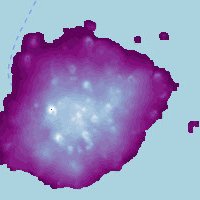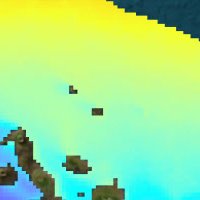Results
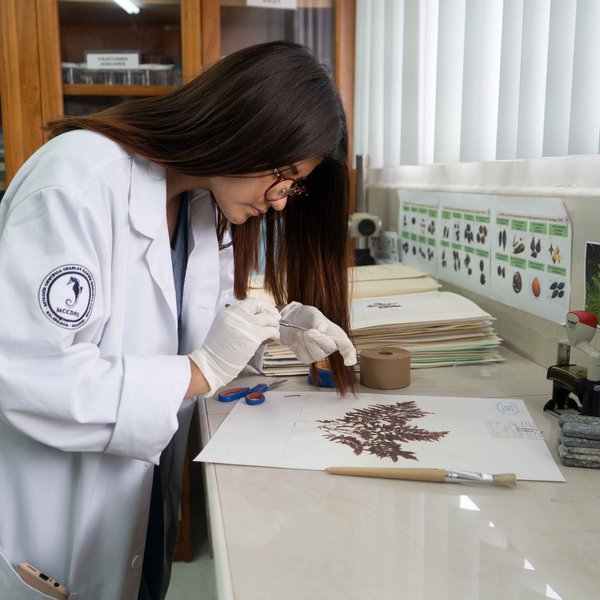
Rashid Cruz-CDF
Research Data Repository
Información y datos de la pesca de altura de Galápagos para la actualización del Calendario Pesquero
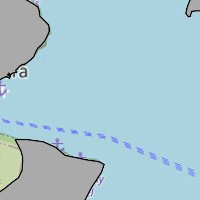

Rashid Cruz-CDF
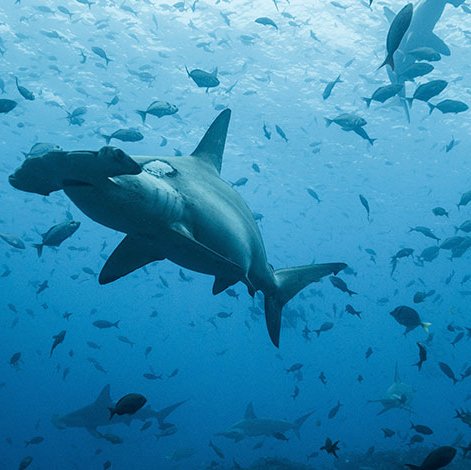
Pelayo Salinas-CDF
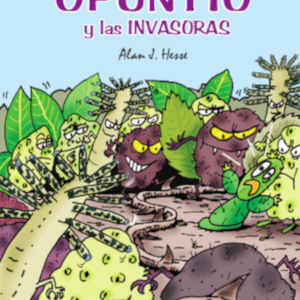
Opuntio y las Invasoras
Engaging book for kids about invasive plant species in Galapagos.
- Date:
- 2011
- Language:
- Spanish

Rashid Cruz-CDF
Research Data Repository
Información y datos de la pesca blanca de Galápagos para la actualización del Calendario Pesquero
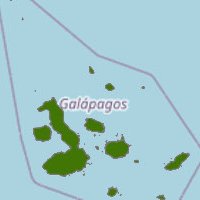
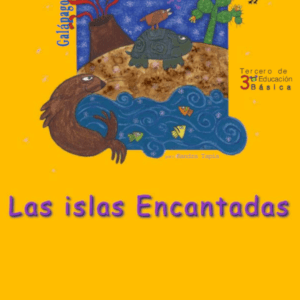
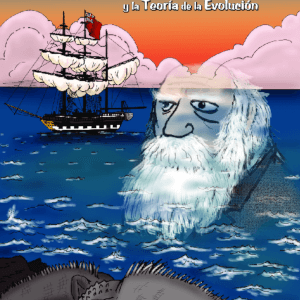
Charles Darwin y la Teoría de la Evolución
Learn about Charles Darwin and the theory of evolution.
- Date:
- 2011
- Language:
- Spanish
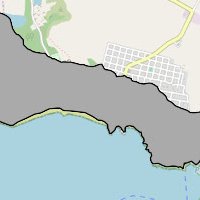
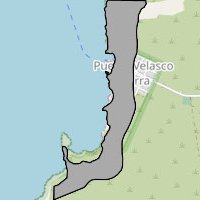
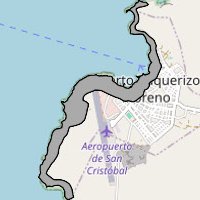

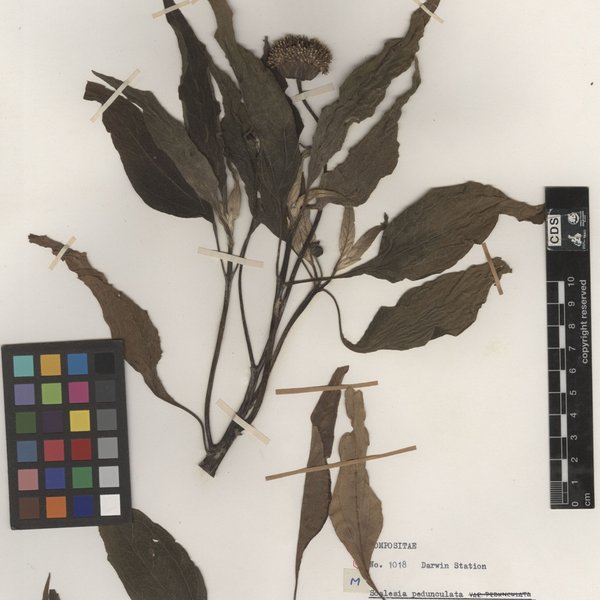
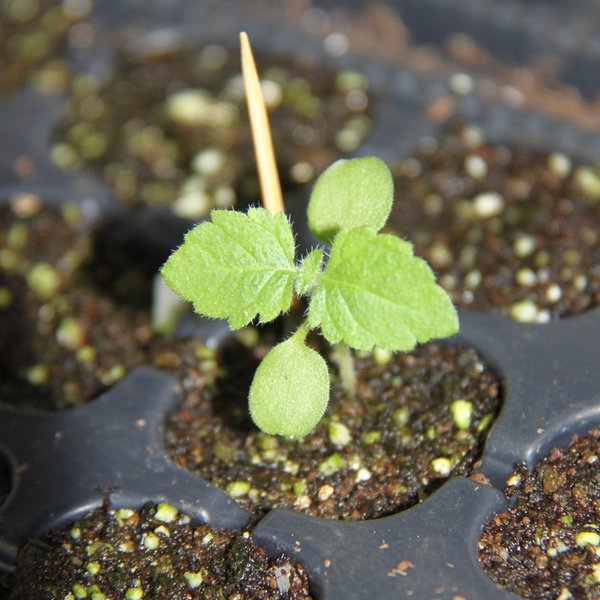
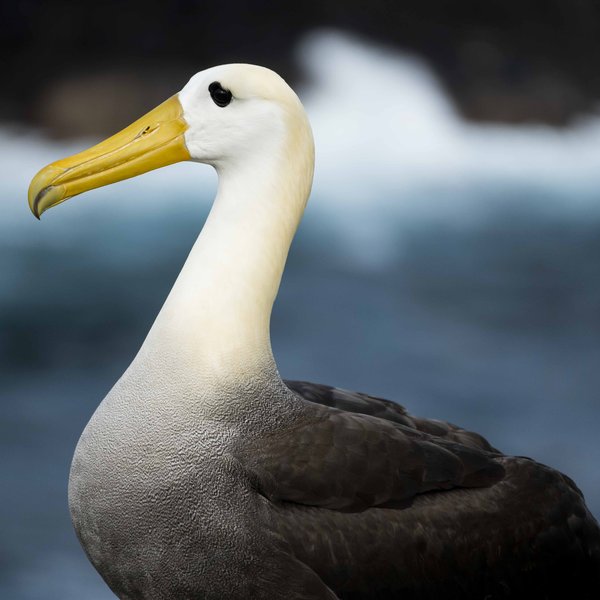
Carlos Espinosa/CDF
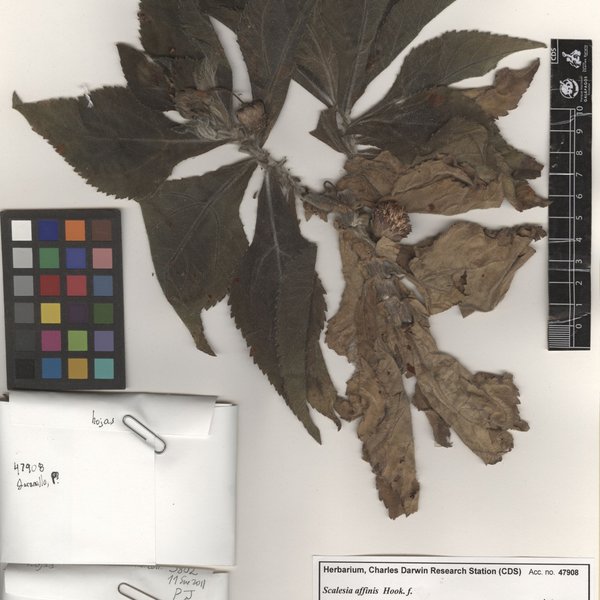

Carlos Espinosa/CDF





